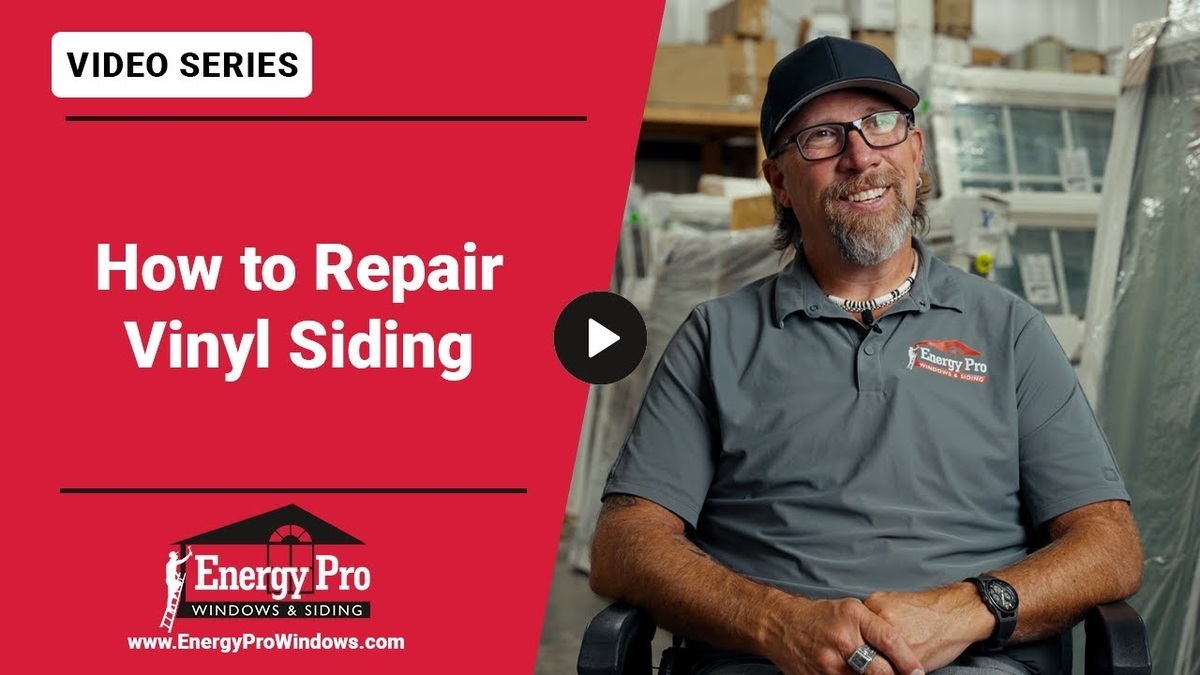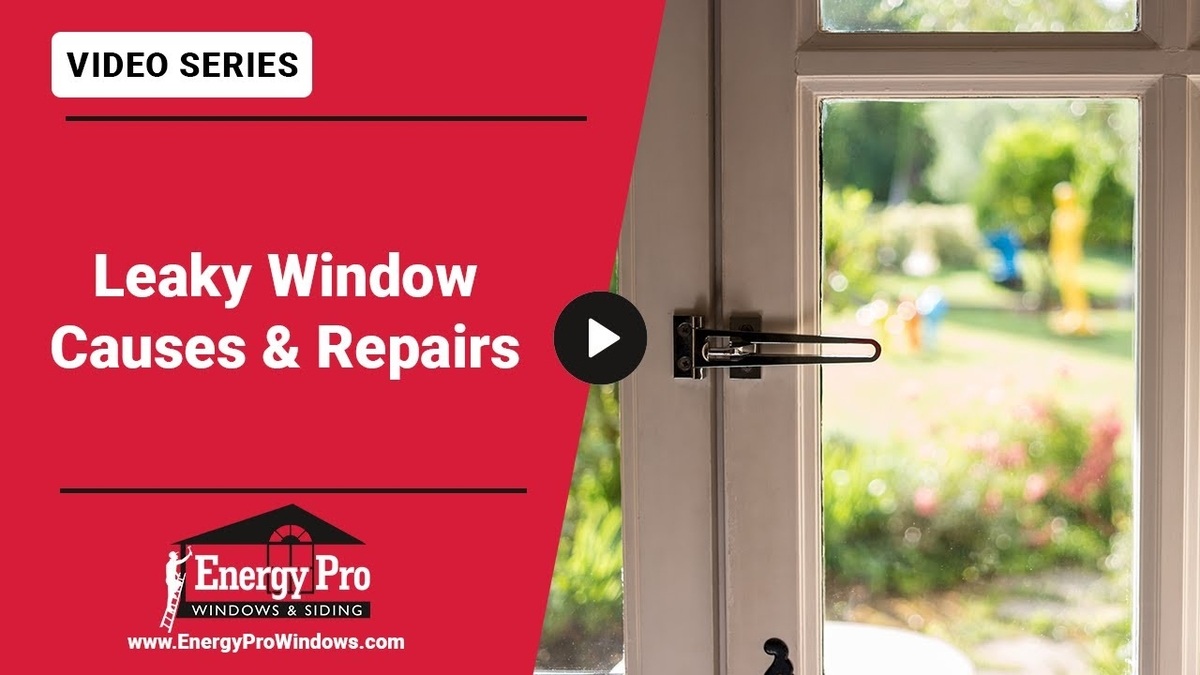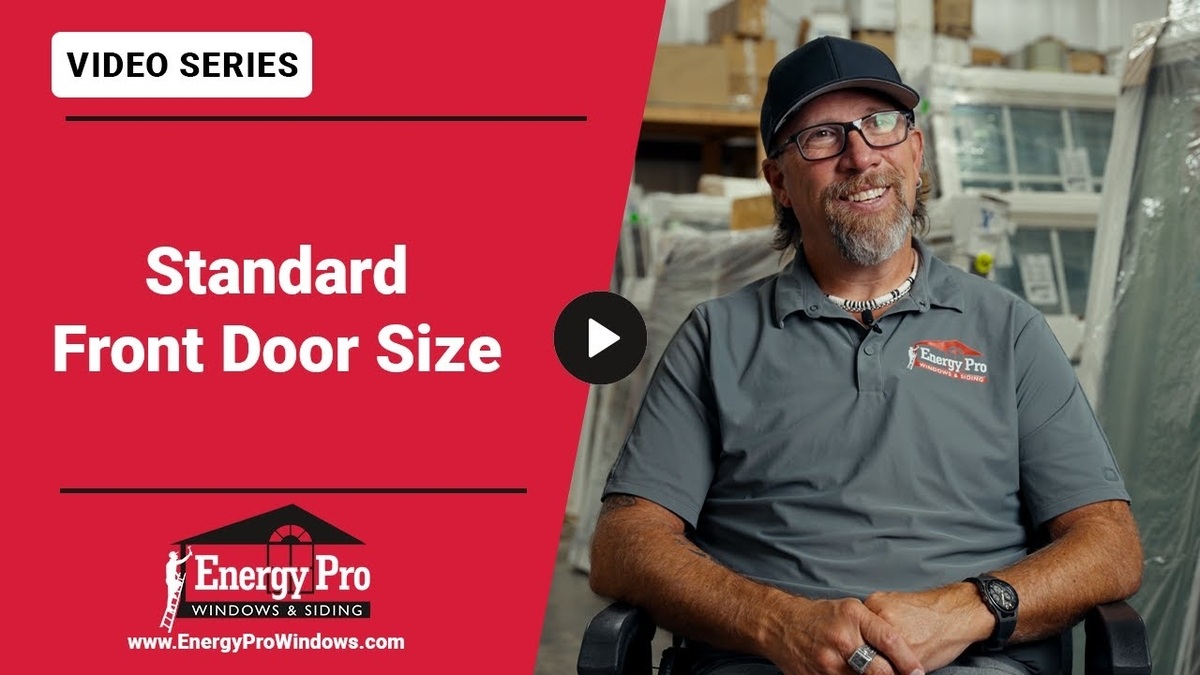Choosing between pocket replacement and full-frame replacement is an important decision when replacing windows. The right option depends on the condition of your existing frames, energy efficiency goals, and budget.
Pocket replacement fits a new window into the existing frame, making it a faster and more affordable option if the frame is in good shape. Full-frame replacement removes the entire window, including the frame, providing a complete upgrade and addressing any structural issues.
This guide breaks down the differences, benefits, and best use cases for each method to help you make the right choice for your home.
What’s the Difference Between Pocket and Full Replacement?
Pocket replacement involves replacing only certain parts of the window, while full replacement goes down to the frame, providing a completely fresh installation. Each has specific uses and benefits, and it’s essential to understand these to make an informed decision.
Pocket Replacement
When we talk about pocket replacement, we’re referring to a process where the primary structure of your window remains intact. Here’s how it works:
- Removal of Moving Parts: We strip the window down to its original “buck frame” — this is the stationary outer structure of the window.
- Insertion of the New Window: Once the buck frame is clean and prepared, we custom-fit the new window directly into it, creating a snug, efficient fit.
- Preservation of Interior Trim: One of the major benefits of pocket replacement is that it doesn’t interfere with your interior trim or extensive moldings. For homes with intricate trim work or columns, pocket replacement allows us to install the window without disturbing any of that.
Pocket replacement is an excellent choice if your existing frame is in good shape and shows no signs of water damage or warping. With this option, we can quickly install a new window without impacting the trim or other interior finishes.
Full Replacement
Full replacement, sometimes called a “new construction” window installation, takes the installation down to the rough framing. This means:
- Complete Removal of the Original Frame: We remove the existing window entirely, including the buck frame and any damaged areas around it.
- Installation of a New Frame: After stripping the area to its rough framing, we add the new window and frame, often with a nailing flange, similar to how the original window was installed during construction.
- Reinstallation of Trim and Finishes: Full replacement requires more time and effort since we have to reinstall interior and exterior trim. However, this option provides a fresh start, allowing us to address any structural issues around the window opening.
If you’re experiencing water damage, visible frame rot, or other structural concerns, full replacement is often the better option. It ensures that no hidden damage affects the longevity and performance of your new windows.
When to Choose Pocket Replacement
So, when is pocket replacement the best choice? Here’s what we recommend:
- Good Condition of the Existing Frame: If the original window frame is still sealed well and free from water or air leaks, a pocket replacement can be a perfect option.
- Less Interior Disturbance: For homes with extensive interior moldings or trim work, pocket replacement allows us to install new windows without disrupting these elements.
- Faster and More Cost-Effective: Since pocket replacement involves less demolition, it’s generally faster and more affordable than full replacement, making it an attractive option if cost is a priority.
When to Choose Full Replacement
On the other hand, there are situations where full replacement makes more sense. We recommend full replacement in the following cases:
- Water Damage or Frame Rot: If there’s water damage around the existing frame, it’s essential to replace the entire window and frame to prevent further issues.
- Poor Energy Efficiency: Full replacement offers a chance to reset the window frame entirely, often adding insulation and advanced sealing that enhances energy efficiency.
- Long-Term Durability: Full replacement allows for better support of the window, particularly with options like nailing flanges that hold it securely in place.
Energy Efficiency and Air Sealing
Both pocket and full replacement can improve your home’s energy efficiency, but they do so in different ways.
- Pocket Replacement Efficiency: When we install a pocket window, we add insulation and window stops around the existing frame. This keeps air from leaking through the frame’s edges, helping improve energy efficiency.
- Full Replacement Efficiency: With full replacement, we remove the original frame and install the new window with modern insulation materials and air-sealing methods. This process ensures a tight seal, reducing air infiltration.
If energy efficiency is a top concern, a full replacement might be worth the investment, especially if your current frame shows signs of air leakage.
Choosing Between Window Configurations
Whether you opt for pocket replacement or full replacement, you still have flexibility when it comes to window style and functionality.
- Changing Window Type: You can switch from a double-hung to a casement window, or even replace two double-hung windows with a large sliding window, regardless of the replacement method.
- Style and Performance Options: While sliders are available in both methods, keep in mind they may be less energy efficient than casement or picture windows. Sliders require a drainage system that can allow air back in, so consider a casement or picture window if maximum efficiency is essential.
Pros and Cons Summary
To help simplify, here’s a quick summary of the pros and cons of each option:
Pocket Replacement
- Pros: Preserves trim, quicker installation, more cost-effective.
- Cons: Requires a solid existing frame, potentially less sealing than full replacement.
Full Replacement
- Pros: Addresses structural issues, enhances long-term durability and efficiency, fully customizable.
- Cons: Higher cost, requires removal and reinstallation of trim, longer installation time.
In Summary
Deciding between pocket replacement vs full replacement comes down to the condition of your current windows, your goals for energy efficiency, and your budget. Pocket replacement is ideal for homes with intact frames and a need for a quicker, cost-effective solution. Full replacement is the way to go if you’re dealing with frame damage, structural issues, or simply want the best possible energy efficiency.
If you’re still unsure which option is best for your home, we’re here to help. Contact us today for a consultation, and we’ll guide you to the best window replacement choice based on your specific needs.



